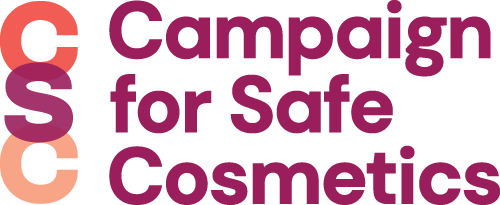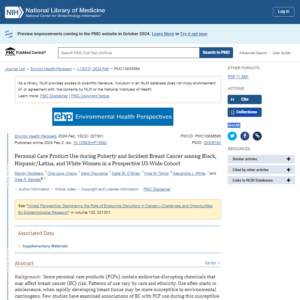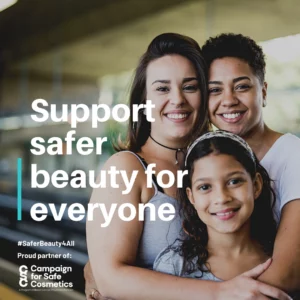by Natasha Singer, The New York Times
September 7, 2006
Bowing to pressure from environmental groups and European lawmakers, several cosmetics makers are removing a chemical from nail polish that is suspected of interfering with the endocrine system.
Orly International and OPI Products have already started selling reformulated nail polishes without the chemical, dibutyl phthalate. Sally Hansen plans to start selling similarly reformulated products in 2007.
Some studies have linked exposure to dibutyl phthalate — a plasticizing ingredient that has been used to increase flexibility in nail polishes as well as medical equipment — with testicular problems in rats and humans. The chemical is banned from use in cosmetics in Europe and is considered a reproductive toxin by California.
A study that examined nail polishes and perfumes, published in 2004 in The Journal of Toxicology and Environmental Health, concluded that the amount of exposure to dibutyl phthalate from these cosmetics is relatively small. The study cautioned, however, that total exposure to the chemical from multiple sources may be greater and requires further investigation.
Companies are adjusting formulas even though beauty executives said the ingredient is safe in the concentrations in which it is used in cosmetics.
“We are reacting here to changing consumer trends and a changing regulatory environment,” said Bruce MacKay, the vice president for scientific affairs/R&D of Del Laboratories, the maker of Sally Hansen. “In high concentrations in lab experiments, these materials may be of concern, but there is no body of evidence that says this particular ingredient is not safe in the concentration in which it is used in nail products.”
But health groups like the Breast Cancer Fund, an advocacy group in San Francisco that focuses on the environment, said that phthalates are too risky to use in consumer products.
“If there is evidence that an ingredient causes or is suspected of causing cancer or birth defects, cosmetics companies should not be using it in their products,” said Kevin Donegan, the group’s director of communications. “Phthalates have clearly been demonstrated to cause harm.”















